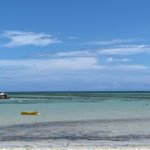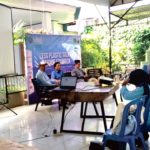The initiation of the sea cucumber cultivation program on Selayar Island by CSERM UNAS aimed to obtain initial information regarding the location of two sub-districts as the pilot locations, Bontoharu and Bontosikuyu Sub-districts, that will be the location for rearing sea cucumbers, and consolidation with key stakeholders in locations such as Bappelitbangda Selayar and the Selayar Maritime Affairs and Fisheries Service and the community leaders. Both sub-districts are located in the central, western and southern Selayar Island, including several small islands around it.
The visit to Bontosikuyu Sub-district (10 May 2023) covered three villages: Tile-tile Village, Lantibongang Village, and Patikarya Village. These villages were chosen as representatives in this preliminary study due to the condition of the seagrass ecosystem and the experience of the community who had cultivated marine resources, including sea cucumber. The local community in Patikarya Village had bred sea cucumbers whose seeds were taken from nature, and the sea pens were located on the coast behind the local community’s houses. However, this activity had not been successful because the sea pens construction was destroyed and disappeared during the west monsoon in early 2022.
The visit to Bontoharu Sub-district (11 May 2023) covered three villages: Bontolebang Village, Kahu Kahu Village, and Bontosunggu Village. Communities in these villages also have experience growing sea cucumbers with natural seeds and also collecting sea cucumbers for resale. Sea cucumber cultivation activities have become very challenging in Bontosunggu Village because of the activities that were carried out, sea cucumbers disappeared when they were about to be harvested.
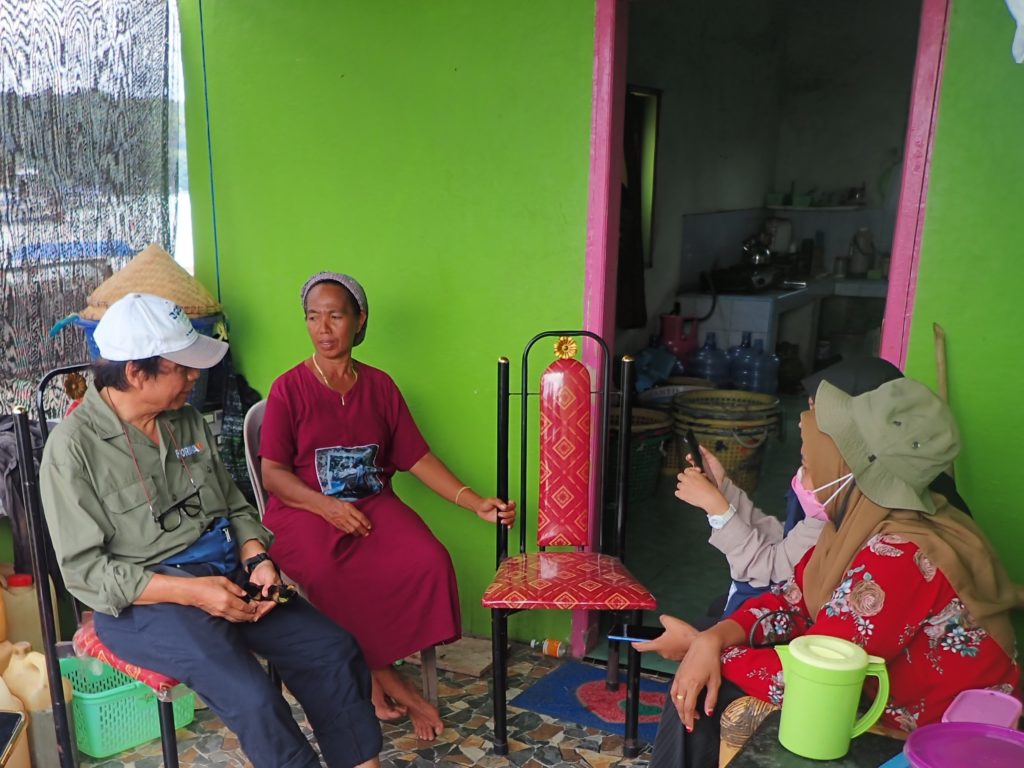
Interview with local community in Bontoharu Sub-district
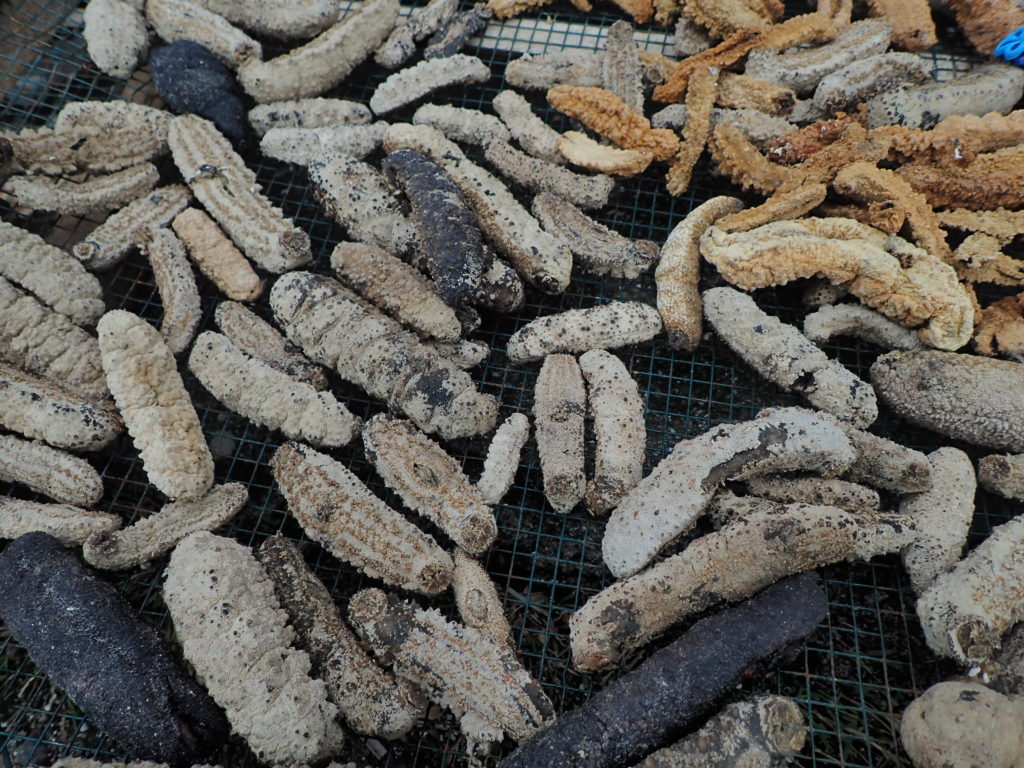
Sea cucumber in Selayar in drying process
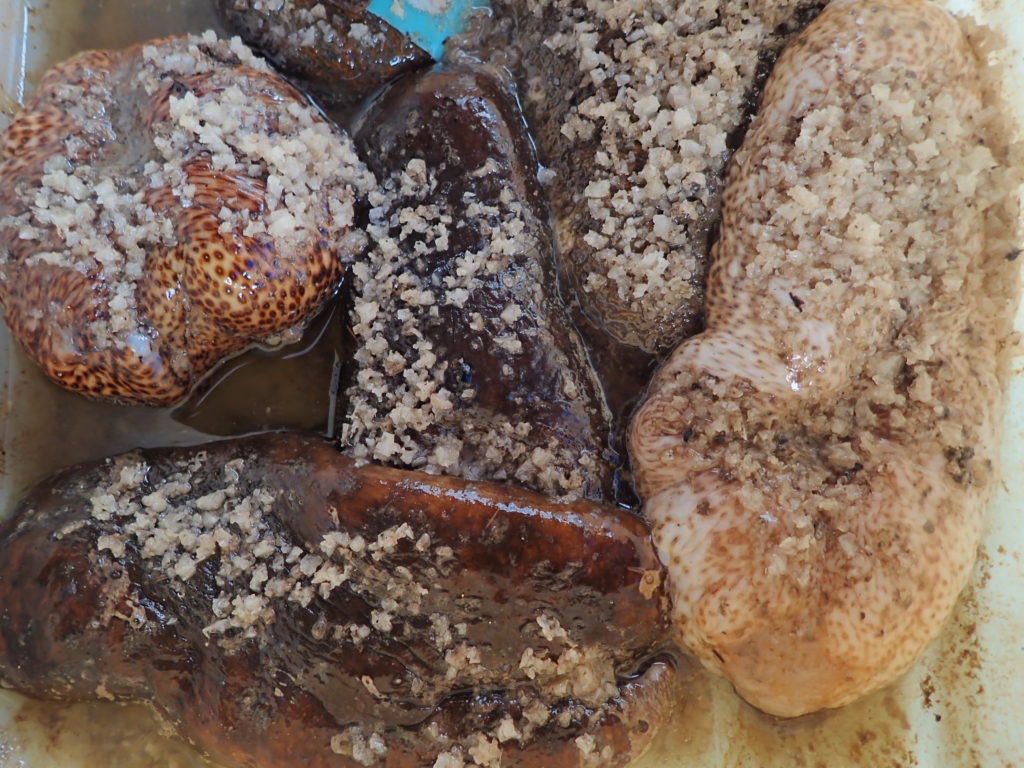
Sea cucumber in Selayar, in salt curing process
Selayar Island has high potential for sea cucumber cultivation because the ecosystem supports the growth of sea cucumbers. The types of sea cucumbers commonly found are sandfish, gamat, dongnga, the elephant trunkfish, and black teatfish. However, seasonal changes are a challenge for sea cucumber cultivators. The right method is needed so the enlargement of sea cucumbers can be successful in a sustainable manner. CSERM UNAS emphasizes the focus on sustainable sea cucumber rearing activities, using the right methods and supporting contributions to community welfare and women’s empowerment. This activity also received full support from Bappelitbangda and the Maritime and Fisheries Service, with the hope of empowering the local community, especially women, in maintaining the resilience of their households.

